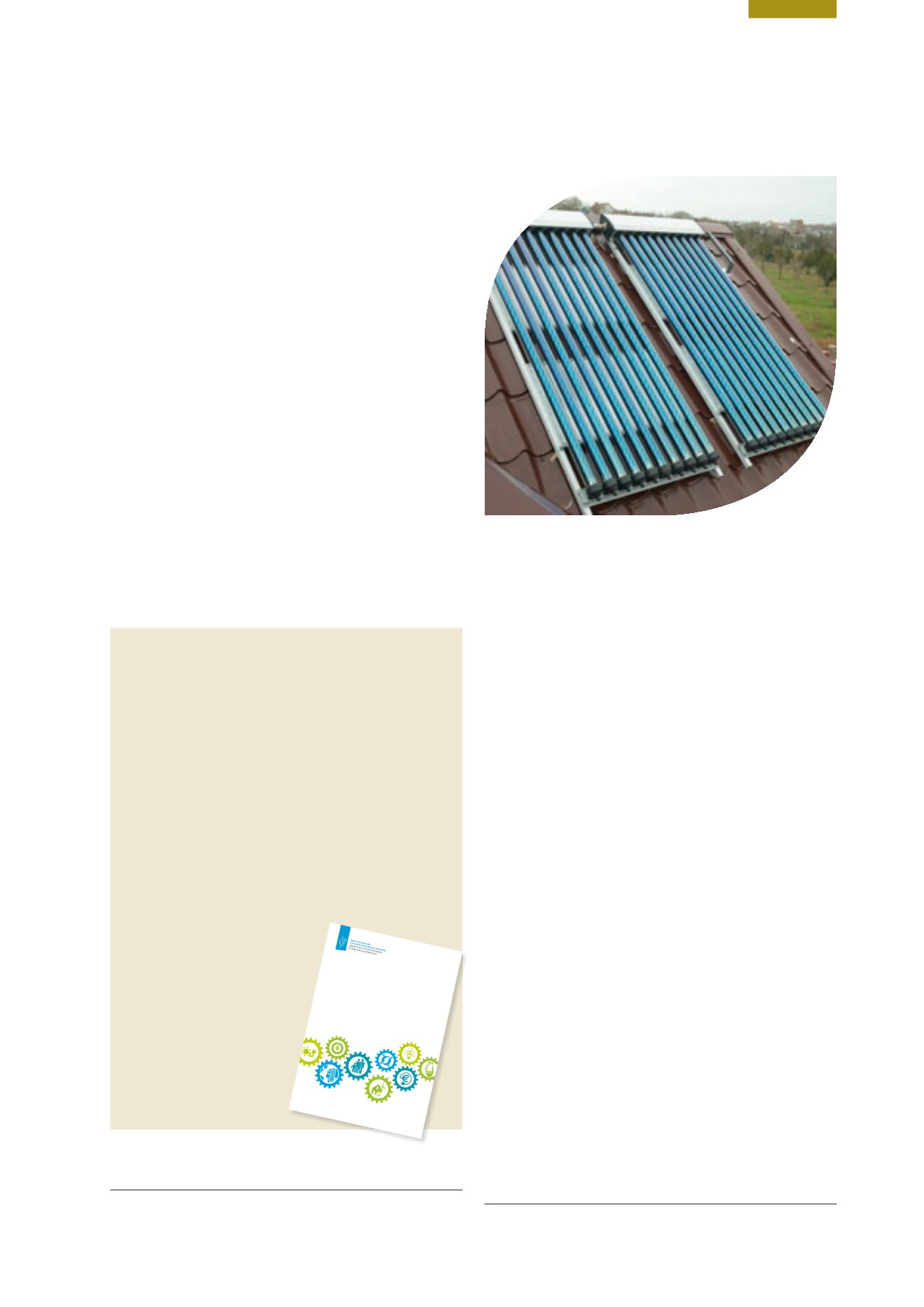

181
Chapter 11: Environment and Energy
sustainable development of Ireland’s offshore renewable
energy resources. Its implementation will facilitate increased
indigenous production of renewable electricity, thereby
contributing to reducing GHG emissions, improving energy
security and creating employment.
Ireland’s position in the Atlantic Ocean gives it an almost
unparalleled offshore energy resource, with suitable
conditions for the development of the full range of currently
available offshore renewable energy technologies.
6
Offshore
wind is considered to be technologically mature, but
regulatory and support systems will be needed to incentivise
developments. However, given the levels of investment
required, these are likely to be delivered by international
consortia rather than local communities.
7
The Energy White Paper –
Ireland’s Transition to a Low
Carbon Energy Future
This White Paper sets the blueprint for a major
transformation of Ireland’s energy system, including
elimination of fossil fuel use.
Ireland’s Transition to a Low Carbon
Energy Future 2015‑2030
The Government’s White Paper on Energy envisages
a low-carbon future that will require us to take the
necessary steps to:
n
radically change our energy usage profile as
citizens, industry and Government;
n
become more energy efficient;
n
generate our electricity from renewable sources of
which we have a plentiful indigenous supply;
n
move to lower emissions fuels
(e.g. moving from peat and coal to gas);
n
increase our use of
electricity and bioenergy
to heat our homes and
fuel our transport;
n
support the wide-scale
deployment of
renewable heat in
the business, public
and residential
sectors.
6
www.oceanenergyireland.com/7
www.seai.ie/Renewables/and
www.seai.ie/Publications/Statistics_ Publications/Energy_in_Ireland/Energy_in_Ireland_Key_Statistics/ Energy-in-Ireland-Key-Statistics-2014.pdffor more information.
The Energy White Paper
Ireland’s Transition to a Low
Carbon Energy Future 2015‑2030
8
sets out a framework for
a major transformation of Ireland’s energy system, including
the elimination of fossil fuel use. The aim is to enable
Ireland to realise the maximum potential of its renewable
energy resources in a cost-effective and sustainable manner.
The White Paper sets out our energy future and outlines
three core objectives of sustainability, security of supply
and competitiveness. It strives to strike a balance between
these three pillars, whilst ensuring a low carbon future.
The White Paper highlights the need for greater community
and citizen engagement in this process, the opportunities
for electricity in wider decarbonisation, and the need to
improve grid links with Europe.
Sustainable Energy Communities
Community projects involving energy efficiency and
renewable energy have a very important role in the
energy transition.
Sustainable energy communities are those in which a
community works together to develop a sustainable
energy system to fit their own energy requirements. This
exemplifies the transition process. It is generally a two-step
process in which energy-wasteful activities and processes
are identified and reduced or eliminated as part of an
energy efficiency process. The second step is to replace
fossil energy with renewable energy. This is largely carried
out in a decentralised manner. A sustainable energy
community can include a wide range of energy users, e.g.
homes, businesses, sports clubs, community centres and
churches, and a number of them are supported by the
Sustainable Energy Authority of Ireland (SEAI), which aims
to build capacity and share learning.
9
8
www.dccae.gov.ie/energy/en-ie/Energy-Initiatives/pages/white-paper- on-energy-policy-in-ireland-.aspx9
www.seai.ie/SEC/Ireland’s Transition to a
Low Carbon Energy Future
2015-2030
Ireland’s Transition to a Low Carbon Energy Future
2015-2030


















